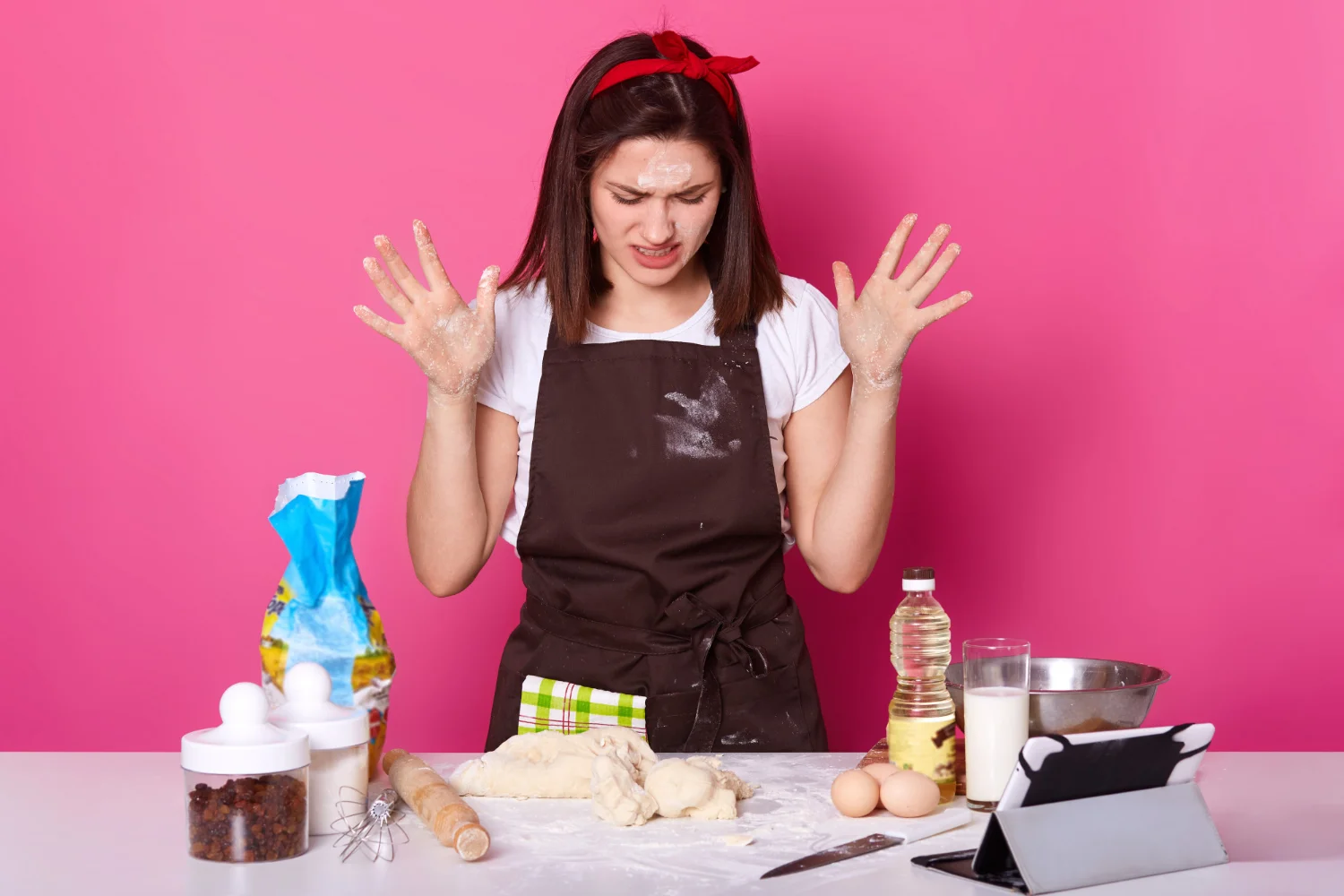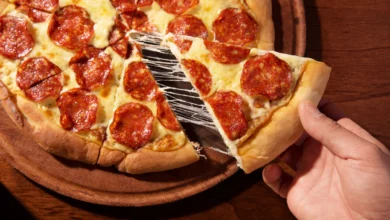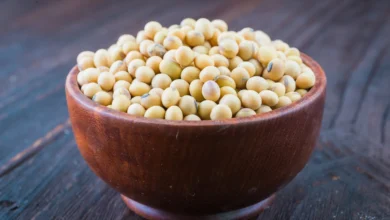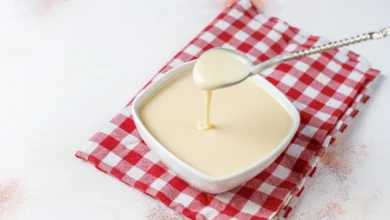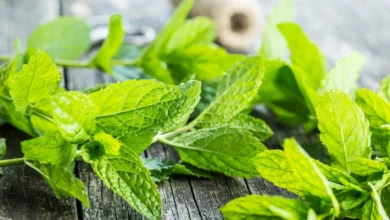Cooking Mistakes – Avoid These Mistakes (Skills, Tips, & Fixes)
Even skilled cooks find cooking intimidating sometimes. We all want our dishes to shine, but the symphony of ingredients, seasonings, and techniques can feel like a high-wire act with no safety net. However, that’s where the true joy of cooking lies – there are endless opportunities to learn and improve.
Contents
Cooking Mistakes
So, say goodbye to kitchen flops! We’re tackling those common cooking mistakes and sharing must-know tips for beginners to level up their dishes.
When Meals go Astray…
The most seasoned chefs have accidentally turned a dish too spicy, sweet, salty, sour, or bitter. Perhaps the flavors end up completely bland. I know that sinking feeling – especially when you’re cooking for guests! The good news? Almost every cooking mishap has a fix.
Common Cooking Mistakes and Their Fixes
Flavor Imbalances
- Too sweet: Add a splash of vinegar or a squeeze of lemon juice.
- Too salty: Add a touch of sugar or vinegar. If possible, dilute by adding more of the other ingredients. For soups or stews, try a raw potato to absorb some salt.
- Bland: Season boldly throughout cooking! Layer in salt, pepper, herbs, and spices. Finish with fresh herbs, a squeeze of citrus, or a flavorful sauce.
Texture Troubles
- Sticky rice: Rinse rice under cold water until the water runs clear. Use warm water during cooking.
- Lumpy gravy or sauce: Strain for a quick fix. Use a blender or food processor for a smoother texture.
- Soup, sauce, gravy too thin: Mix a cornstarch slurry (1 tablespoon cornstarch + ¼ cup water), gradually add to boiling liquid while stirring.
- Overcooked vegetables: Cook over high heat for shorter periods for crisp-tender results.
- Tough, chewy meat: Braise, marinate, or use a meat mallet before cooking.
- Soggy fries: Make sure oil is hot before adding fries. Cook in batches, don’t overcrowd the fryer. Drain on paper towels, and if needed, do a quick re-fry at a higher temperature for extra crispness.
Ingredient Issues
- Hard brown sugar: Place in a paper bag with bread, or microwave with a damp paper towel for a few seconds.
- Really hard brown sugar: Break into chunks and pulverize in a food processor.
- No tomato juice: Combine ½ cup ketchup with ½ cup water.
- Garlic always burns: Add towards the end of cooking and watch closely.
Out of Honey? Here are Your Substitutes:
Simple Sugar Syrup
- Substitute with 1 ¼ cups white sugar dissolved in ¼ cup water.
- Offers neutral sweetness. Best for when you don’t want to alter the flavor of the dish.
Maple Syrup
- Use 3/4 cup of maple syrup for every 1 cup of honey.
- Reduce other liquids in the recipe by about 1/4 cup per cup of maple syrup used.
- Adds its own distinct maple flavor, which works well in certain recipes.
Kitchen Techniques
- Not letting your pan heat up properly: Give your pan time to heat before adding oil. A drop of water should sizzle immediately.
- Hands smell like garlic or onion: Rinse hands in cold water and rub them against a stainless steel spoon.
How to Be a Better Cook
The Journey, Not the Destination
Becoming a great cook is not about following recipes to the letter; it’s about unlocking a set of skills and intuition in the kitchen. Like any skill, practice is key!
Focus on Skills, Not Just Recipes
A good recipe is helpful but understanding the “why” behind the techniques is what makes you adaptable in the kitchen. Want to roast any vegetable perfectly? Learn about heat control and seasoning. Master the art of making a basic sauce, and the possibilities are endless.
Mise-En-Place is Your Friend
This French term means “everything in its place.” Before you even light the stove, prep all your ingredients – chop, measure, and have them laid out. This leads to a smoother cooking process and fewer “oh no!” moments.
More Ways to Be Better at Cooking
- Emulate Professional Chefs: Pay attention to how chefs chop, sauté, and season their food. There are countless cooking shows, online tutorials, and even free mini-courses that can transform how you handle ingredients.
- Invest in the Basics: You don’t need a fancy kitchen, but having a few good-quality pieces of equipment makes a difference. A sharp chef’s knife, a sturdy pan or two, and basic utensils will take you far.
- Gadgets are Fun, but Optional: Don’t fall for every kitchen gadget! Focus on mastering fundamental techniques before splurging on specialized tools.
- Taste, Taste, Taste: Season as you go! It’s the easiest way to avoid bland dishes. Learn how salt, acidity (lemon, vinegar), and fresh herbs transform your food.
- Understand the Maillard Reaction: This is the science behind that delicious browning on steaks or roasted vegetables. It’s all about heat and sugars, and understanding this reaction will lead to more flavorful dishes.
- Source Your Ingredients with Care: The best meals start with quality ingredients. A juicy, ripe tomato makes a world of difference in a salad! Seek out fresh produce or support local farmers whenever possible.
- Know Your Onions:…and garlic, and other basic aromatics. These building blocks form the flavor foundation of countless dishes.
- Start with Whole Spices: Pre-ground spices lose flavor quickly. Buy whole spices and a spice grinder or use a mortar and pestle for maximum impact.
- Dress the Perfect Green Salad: A great salad is more than just leaves. Master a simple vinaigrette (oil, vinegar, touch of mustard, salt, pepper) and balance flavors between your greens, toppings, and dressing.
- Make Stock from Scratch: Store-bought stock is fine, but homemade is next level. Simmer leftover roasted chicken bones or vegetable scraps for incredible depth of flavor in soups and stews.
- Start with a Classic Sauce… Then Adapt It: Learn a basic bechamel (white sauce) or tomato sauce. Once you’ve got the technique, tweak it with herbs, spices, cheeses, or a splash of wine to create endless variations.
- Learn How to Save a Split Sauce: Don’t panic! Emulsions (like sauces) can break. Whisk in a bit of ice-cold water or hot stock to bring it back together.
- Get Experimental with Ingredients: Don’t be afraid to deviate from recipes and try new flavor pairings based on what you have on hand.
- Learn How to Stir-fry: It’s fast, healthy, and endlessly adaptable. Proper technique for a good stir-fry is a game-changer.
- Achieve Perfect Poached Eggs Every Time: This classic technique adds elegance to salads and avocado toast. A bit of vinegar in the simmering water helps!
Want More?
- Sign Up for a Cookery Course: Hands-on learning is fantastic, and there are classes for all skill levels.
- Make Pastry Your Project: Mastering pie crusts or flaky croissants is like a delicious badge of honor.
- Perfect Your Roast Potatoes: It sounds simple, but perfectly crispy roast potatoes are a sign of a skilled cook.
- Practice, Practice, Practice: Cook often, try new things and don’t be afraid of mistakes. That’s how you learn!
Bonus Tip: Deglaze Your Pan: After searing meats, deglaze the pan with wine, broth, or even a splash of water and scrape up the flavorful browned bits. Instant sauce upgrade!
Kitchen Safety Essentials: A Newbie’s Guide
The kitchen can be thrilling but also has potential hazards. To make your culinary adventures safe and fun, follow these tips:
Food Safety First
- Wash Your Hands: Before you start cooking and between handling different ingredients, especially raw meat.
- Clean Surfaces: Keep countertops, cutting boards, and utensils clean to prevent cross-contamination.
- Manage Your Fridge: Check expiration dates and store food correctly (meats on the bottom shelf, etc.) to prevent spoilage.
- Cook Meats Thoroughly: Use a meat thermometer to ensure proper cooking temperatures for safety.
Fire Prevention
- Eyes on the Stove: Never leave cooking food unattended.
- Beware of Oil Spatters: Hot oil can cause burns. Add ingredients carefully and use a splatter guard if needed.
- Have a Fire Extinguisher Handy: In case of a grease fire, smother it with baking soda or a fire extinguisher. Never use water!
Cuts and Scrapes
- Sharp Knives are Safer: Dull knives require more force and can slip. Learn proper knife handling.
- Mind Your Fingers: Focus when chopping and use a claw grip (curl your fingers while holding what you’re cutting).
- Falling Objects: Store heavy pots and pans within easy reach to prevent accidents.
Equipment Mishaps
- Read the Manual: Understand how to use your appliances correctly, especially blenders and food processors.
- Unplug Before Cleaning: Always unplug electric appliances before cleaning any parts.
- Lift with Care: Use both hands and lift with your legs, not your back, to move heavy cookware.
Common Newbie Mistakes to Avoid
- Overcrowding the Pan: This lowers the pan’s temperature, steams food instead of browning, and creates an oily mess.
- Not Tasting as You Go: The best way to learn seasoning is by tasting! Adjust salt, spices, and acidity throughout the process.
- Rushing the Process: Cooking sometimes requires patience. Rushing leads to undercooked food or burnt disasters.
- Fear of Experimenting: The best cooks don’t always follow recipes perfectly! Use your intuition, substitute ingredients, and have fun exploring new flavors.
Remember: Don’t be discouraged by mistakes – they’re how we learn! Start with simple recipes, focus on safety, and have fun in your culinary journey.
Beginner Cook Struggles (and How to Overcome Them)
Newbie cooks often encounter a range of challenges that can lead to frustration. Understanding these common problems will help you navigate your culinary journey with more ease. First, recipes can feel overwhelming, with unfamiliar terms and techniques. It’s easy to get disorganized, missing ingredients, or mistiming steps. Another pitfall is underestimating the importance of basic skills like chopping vegetables or ensuring meat is cooked through. Seasoning is also a hurdle, leading to bland or overly salty dishes. Finally, many new cooks get discouraged by the inevitable mistakes or compare themselves to experienced chefs, leading to a loss of confidence.
Wrapping it Up
Remember, cooking is an adventure, and Whisk and Nibble is here to guide you! Whether tackling a new recipe, salvaging a kitchen mishap, or finding ways to make cooking fun again, we believe the journey in the kitchen is as important as the final dish. Mistakes are the best teachers, and with practice and a dash of curiosity, you’ll transform yourself from a newbie into a confident cook. So keep whisking, keep nibbling, and most importantly, keep exploring the delicious possibilities your kitchen holds!
_____________________________
Frequently Asked Questions
What are the five common cooking mistakes and how to fix them?
- Over-Salted: Add a touch of sugar, vinegar, or a squeeze of lemon to balance. For soups, try tossing in a raw potato to absorb some salt.
- Wrong Salt: Table salt is saltier by volume. If a recipe calls for kosher salt, use more table salt, or look for a conversion online.
- Lumpy Sauce: Strain it for smooth results, or use a blender or food processor for a velvety texture.
- Overcooked or Undercooked Meat: Use a meat thermometer for accurate doneness. Remember “carryover cooking” – meat continues to cook slightly after being removed from heat, so take it off a bit early.
- Forgot to Measure Dry Ingredients Incorrectly: Baking is more science than art! Invest in measuring spoons and cups, and level off ingredients for accuracy.
How can I enjoy cooking again?
- Clear Your Space: Clean, uncluttered kitchen counters inspire creativity. Start with a fresh workspace.
- Cook Healthy Foods with Fresh Ingredients: Ditch the processed stuff and vibrant ingredients make cooking more rewarding.
- A Sharp Knife is Your Friend: Cuts down on prep time and frustration.
- Start Simple: Master easy foods and recipes that you enjoy. Build confidence before tackling complex dishes.
- Value the Presentation: Take a moment to make your dish look appealing before serving.
- Appreciate Your Eating: Mindful eating helps you savor the fruits of your labor.
What should you do before you start cooking to avoid mistakes?
- Read the Recipe Fully: Understand the ingredients, timing, and steps before you start.
- Prep Your Ingredients (Mise-En-Place): Chop, measure, and have everything ready before turning on the stove.
- Look Up Directions if Confusing: Don’t be afraid to ask for help or watch a video tutorial if a technique is unfamiliar.
What are the 5 golden rules of cooking?
- Keep Clean: Wash hands, surfaces, and produce to prevent foodborne illnesses.
- Separate Raw and Cooked: Avoid cross-contamination to keep your food safe.
- Cook Thoroughly: Especially meats! Use a thermometer to ensure proper temperatures.
- Keep Food at Safe Temperatures: Refrigerate promptly or keep hot dishes hot to prevent bacterial growth.
- Use Safe Water and Raw Materials: Opt for fresh, quality ingredients from reputable sources.
How will you become a good cook?
- Basic Skills: Knowing how to prepare food, use a timer, follow oven settings – these are the foundations of cooking.
- Chopping Proficiency: A good cook can chop an onion in seconds. Practice builds both speed and safety.
- Understands How Food Changes: Cooking isn’t just about recipes; it’s about knowing how heat, timing, and ingredients interact.
- The “Throw Together” Factor: The ability to whip something up from scratch, even without a recipe, is a sign of confident chefs.

